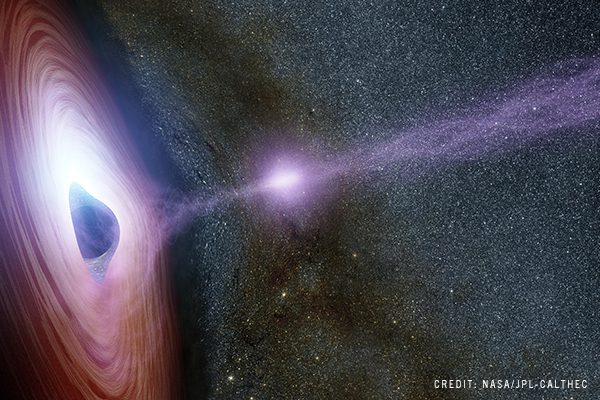
Black Friday, the unofficial kickoff to the holiday shopping season, will soon be here!

Many people will spend the day perusing shops and online stores trying to figure out what to buy for everybody on their holiday shopping list. But it is also a perfect time to ponder a mystery of more galactic proportions — black holes.
For a few years now, NASA has dubbed the Friday after Thanksgiving “Black Hole Friday” to spark interest in one of our universe’s biggest wonders.
In that vein, we’ve asked Jonathan Zrake, an assistant professor in the Clemson University Department of Physics and Astronomy, to explain five things about black holes that you should — but may not — know.
What are black holes?
Black holes are gravitationally collapsed regions of space-time. Gravity gets so strong near a black hole that no particles or light waves can escape. Black holes were first predicted based on Einstein’s 1915 theory of general relativity, which superseded Newton’s universal law of gravitation. Strong observational evidence of their existence in the cosmos emerged in the 1960s and 1970s with the discovery of quasars and X-ray binaries. Today, their existence is undisputed.
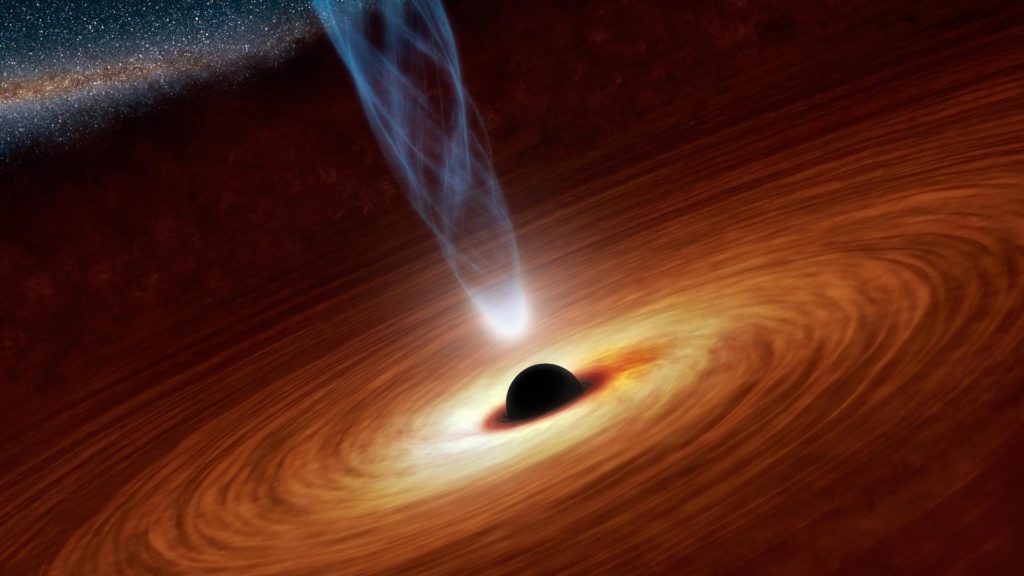
Where do they come from?
Black holes form when a massive star runs out of fuel and explodes in a supernova. The supernova generally leaves behind a very dense object that can be either a neutron star or a black hole. Black holes can also form when two neutron stars collide and coalesce.
Hypothetical scenarios for black hole formation also include the “dark collapse” of objects such as stellar cores, dark matter halos and large gas clouds in the early universe.
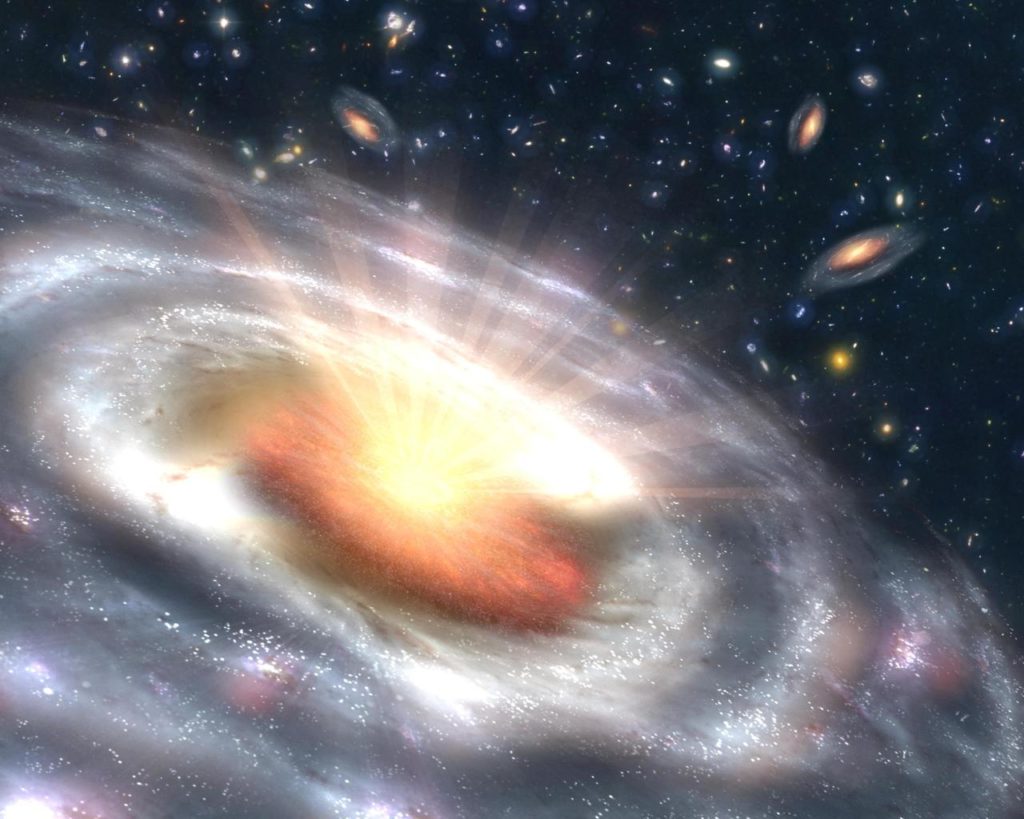
How old are black holes?
The oldest black holes must have formed not too long after the Big Bang, probably when the universe was about 200 million years old. We know this because of quasars, which are supermassive black holes seen from the edges of the observable universe. Because light travels at a finite speed, black holes that far away are also very ancient. The oldest quasar discovered so far dates back about 600-700 million years after the Big Bang. Black holes are also forming in the present-day universe from supernovae and neutron star mergers, at a rate of a few per thousand years, per galaxy.
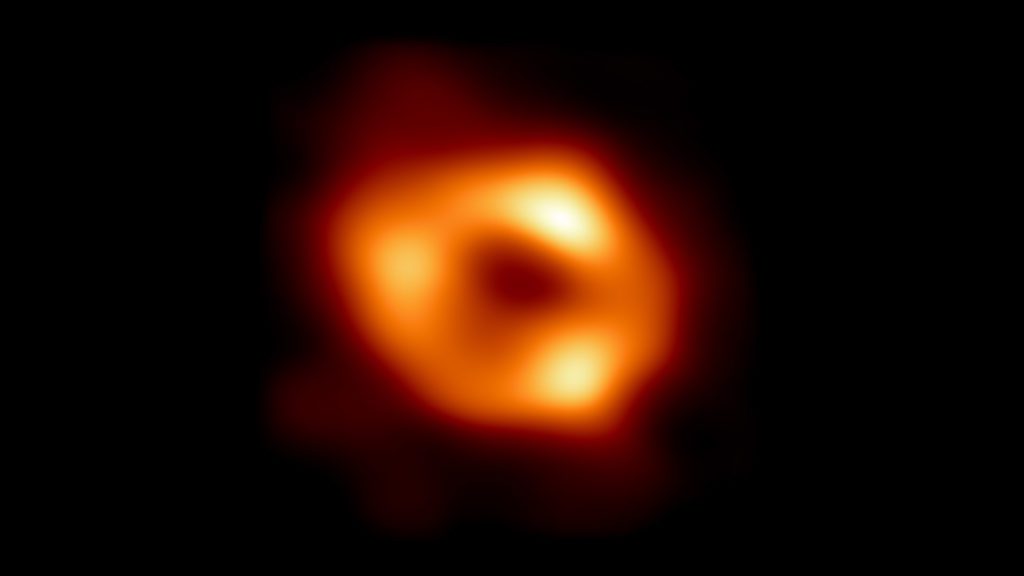
What do black holes look like?
A black hole would not look like anything if it were “seen” in isolation because they are dark and featureless. However, black holes act like lenses, deflecting light that passes nearby, so they cause complex distortions of any nearby light sources (such as background stars). In May, scientists unveiled the first image of Sagittarius A*, the supermassive black hole at the center of our own Milky Way galaxy. The image produced by the Event Horizon Telescope Collaboration reveals a telltale sign of a black hole: a dark central region, called a shadow, surrounded by a bright ring-like structure. The image captures light bent by the powerful gravity of the black hole.
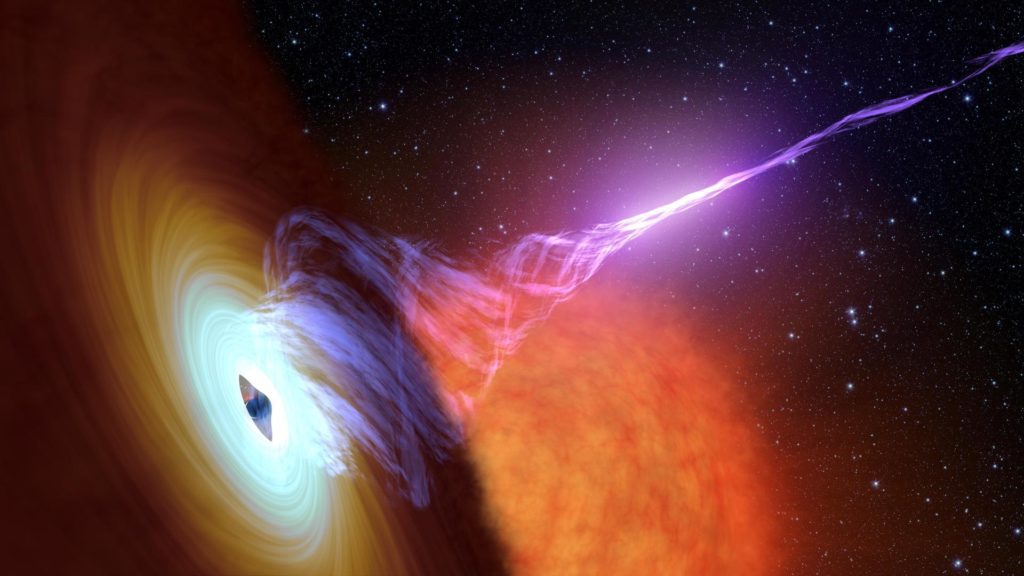
How can black holes be detected if light doesn’t escape?
If the black hole is consuming gas, the gas swirls inwards in the form of an “accretion disk.” Light emitted from the disk has a tell-tale spectrum that can be used to identify even far-away black holes. Accreting black holes can also produce powerful, fast-moving jets of matter. If you were near an accreting black hole, you might see the disk, and possibly strong, organized magnetic fields that form the base of a jet.
Importantly, there is an ongoing scientific breakthrough in our ability to observe black holes using gravitational wave detectors. Such detections can be made when a black hole exists with a binary companion because the orbital motion generates “ripples” of the surrounding space-time.
The first detection of gravitational waves was made in 2015. Since then, there have been about 100 detections of the gravitational wave bursts produced by merging (stellar-mass) binary black holes in distant galaxies. Gravitational wave science is rapidly expanding, and it will teach us a great deal more about black holes in the coming years and decades.
The College of Science pursues excellence in scientific discovery, learning, and engagement that is both locally relevant and globally impactful. The life, physical and mathematical sciences converge to tackle some of tomorrow’s scientific challenges, and our faculty are preparing the next generation of leading scientists. The College of Science offers high-impact transformational experiences such as research, internships and study abroad to help prepare our graduates for top industries, graduate programs and health professions. clemson.edu/science
Get in touch and we will connect you with the author or another expert.
Or email us at news@clemson.edu
